boojies
Recruit
★★★★
- Joined
- Jun 28, 2018
- Posts
- 332
I just say that as RL is a member there rather than here to my knowledge, so the name will not be recognized.
 www.informationphilosopher.com
www.informationphilosopher.com
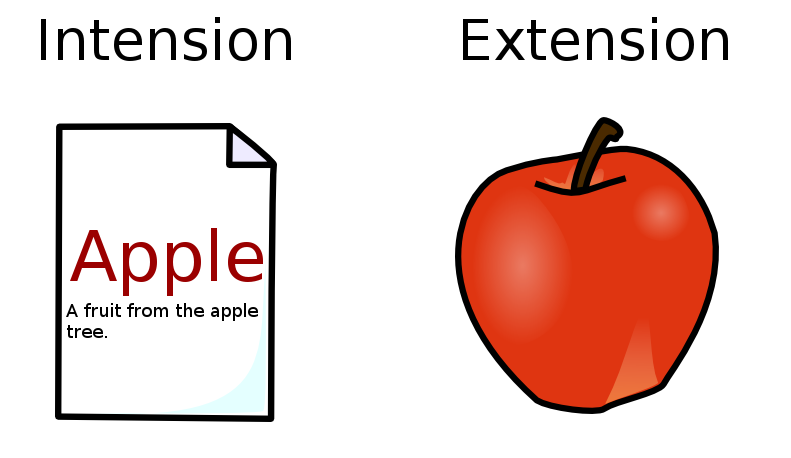

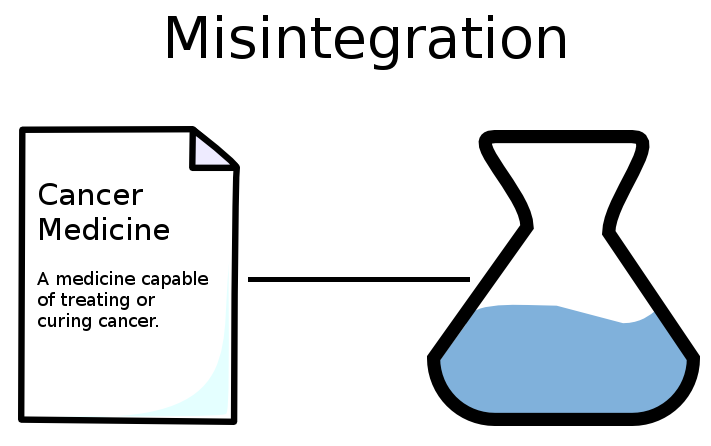

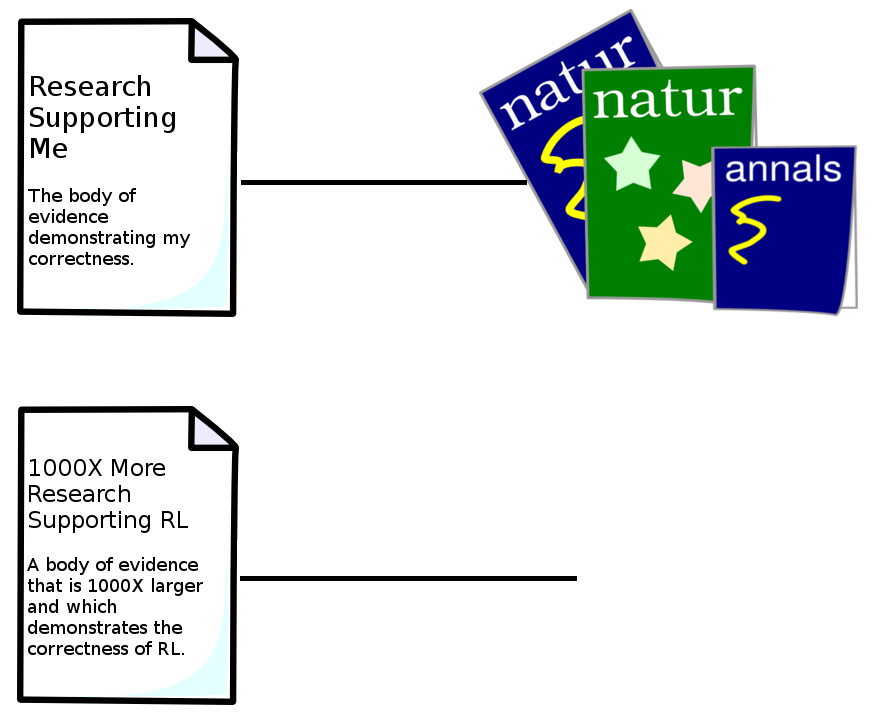
 en.wikipedia.org
en.wikipedia.org

Discussed it more in depth with interesting posts as well, the most pertinent of which being
Evidence in support of the "lack of disintegration due to reliance on visual imagery" hypothesis for HFA being a lack of psychosis,


 blog.al.com
blog.al.com
With the understanding, of course, that religion is a shared schizophrenia or mania (i.e., psychosis),

 en.wikipedia.org
en.wikipedia.org
I read this some time ago and thought it was unlikely to be legitimate, as I predicted the exact opposite. However, today I am less critical of it, and believe perhaps I should have used the principle of charity for longer rather than discounting it as probably bullshit because of my strong initial expectation that Atheists would make more use of verbal as opposed to visual memory. It still is a bit strange, but it fits a sensible model for HFA with superior visual memory and visuospatial skills being nevertheless an inversion of psychosis. It is odd though as well, as the default mode network is associated with internal visual imagery, and I would have expected the theists to make more use of it than the atheists who I imagined would make more use of their verbal abilities.
But there is still the issue of Aspergers then, and particularly NVLD variants of it. I have no doubt that I am with as much an inversion of psychosis as the HFA are. And yet NVLD Aspies have poor visual memories; for example, my long term visual memory is in the severely retarded range. And yet this accounts for a lack of "matter blindness" as previously described; essentially, a lack of the predictive visual brain (to recapitulate with partial quotations --- see previous posts for the full excerpts).

 www.mnn.com
www.mnn.com
Note the postulated lack of predictive thought in autism,

 www.bostonglobe.com
www.bostonglobe.com
So then, a lack of this visual-predictive type cognition,

 www.healthline.com
www.healthline.com
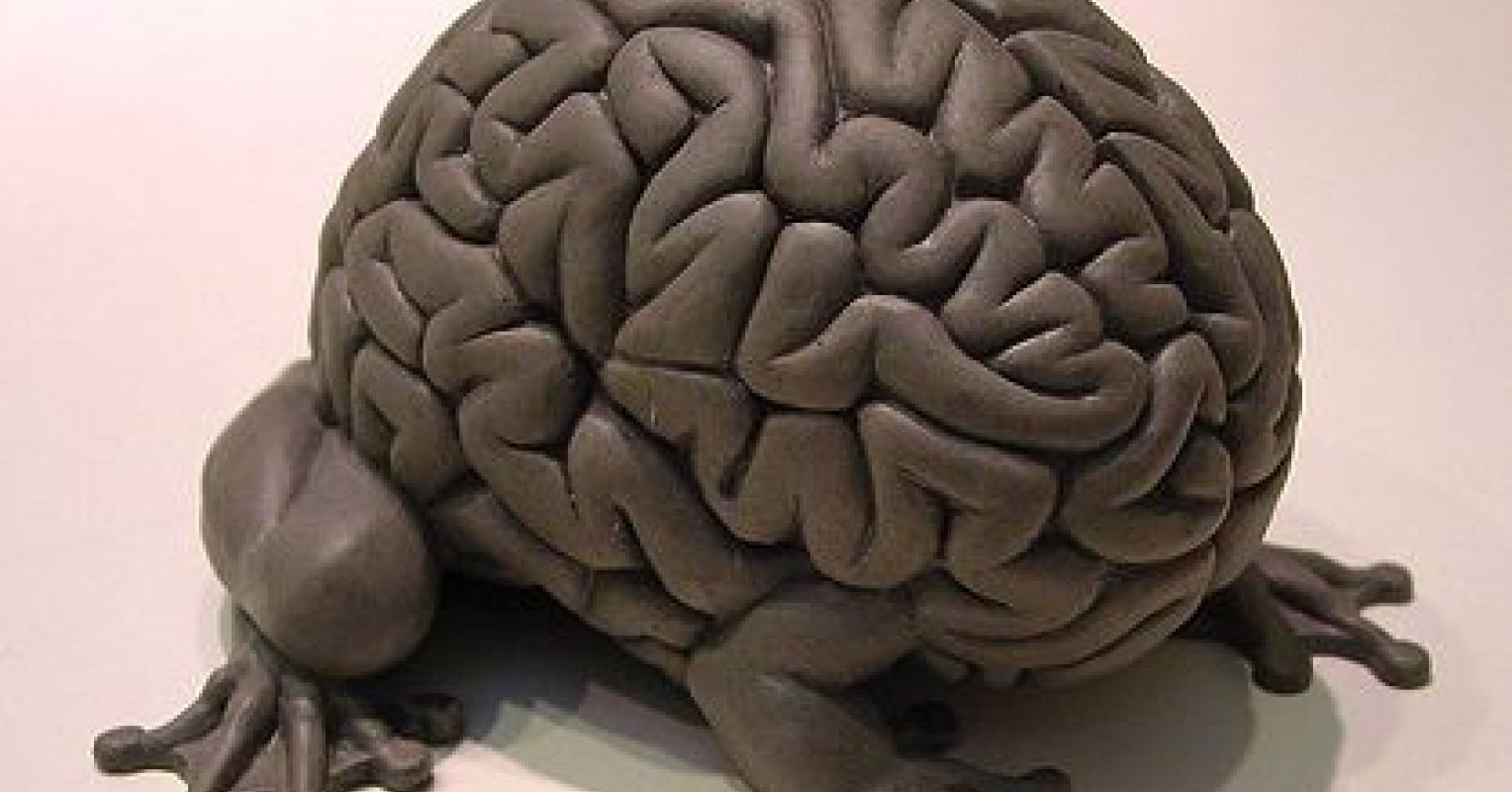
 www.psychologytoday.com
www.psychologytoday.com
Being a lack of hallucinations, and a lack of impaired relationship with reality by direct perception of reality rather than indirect perception of it through a waking dreamlike process. This could be as well a lack of what has been called the Hyperactive Agency Detection Device, which I believe is in fact not necessarily animism per se but rather the ability to hallucinate in dissociated visual imagery an event prior to it actually manifesting, by essentially pulling up an episodic memory and confabulating it such that a prediction of what may happen can be reacted to prior to it happening.
 www.patheos.com
www.patheos.com
So that hyperactive agency detection device is actually closely related to animism,
But I believe it is part of an animism/episodic memory/visual memory/predictive brain complex rather than being animism per se, as I believe the primary benefit was more of a hallucinatory prediction of a potential future event based on the doral anterior cingulate cortex having something like a sneeze response whereby sufficient stimulation could cause it to toggle into the default mode network and perceive an episodic memory like (and based) perception of a prediction of the future that could be reacted to prior to it manifesting, even though with false positives.
So NVLD Aspergers Autism could be with a lack of this highly visual, predictive, episodic memory type function that is a basis for religiosity and other forms of psychosis, whereas HFA Autism with its superior visual memory but deficient verbal abilities could be protective of psychosis and religiosity because of the previously mentioned protection from disintegration due to having not a visual reference (whereas the religious are with disintegration and make use of their verbal intension caring not of the lack of extension).
But I actually have even substantially more things covered trying to fit everything together. I have really like 100,000 words of additional pertinent material.
dedicated to the new information philosophy
Problems in Philosophy and Physics Solved?
Intension and Extension describe two ways of indicating the meaning of a word or name. Intension assumes the word has an intrinsic meaning, perhaps simply by definition and thus "analytic." Extension is the set of objects in the world to which the word corresponds. There is a special kind of definition called "ostensive" which defines a word by pointing to those objects. Because extension involves things in the world it is called "synthetic."





Reification (fallacy) - Wikipedia
Reification (also known as concretism, hypostatization, or the fallacy of misplaced concreteness) is a fallacy of ambiguity, when an abstraction (abstract belief or hypothetical construct) is treated as if it were a concrete real event or physical entity.[1][2] In other words, it is the error of treating something that is not concrete, such as an idea, as a concrete thing. A common case of reification is the confusion of a model with reality: "the map is not the territory".

Discussed it more in depth with interesting posts as well, the most pertinent of which being
Evidence in support of the "lack of disintegration due to reliance on visual imagery" hypothesis for HFA being a lack of psychosis,


Is an atheist's brain the same as a believer's? New research says religious and non-religious minds work differently
Researchers at Auburn University, who are searching for the evolutionary source of religion in human societies, say biological factors may play a key role in shaping our religious beliefs.
In their findings, the researchers said subjects who perceive a supernatural agent at work in their daily lives tend to use brain pathways associated with the regulation of fear when asked to contemplate their religious beliefs.
And subjects with religious beliefs based on doctrine, such as knowledge of religious scripture, tend to use pathways associated with language when they contemplate religion.
However, non-religious subjects tend to use pathways associated with visual imagery when they contemplate religion, according to the study.
Deshpande said those finding suggest subjects with a greater capacity to imagine visual images are less likely to be religious.
He proposed that those subjects attempt to visually imagine a supernatural agent as a test of its existence and subsequently reject the idea as unlikely when that image does not fit with any known image in their memory.
With the understanding, of course, that religion is a shared schizophrenia or mania (i.e., psychosis),

Religious people have mental illness, neuroscientist warns
Are you a religious person? Well, if you answer in the affirmative, a neuroscientist says you are mentally unstable! A professor at Stanford University,
www.faceofmalawi.com
A professor at Stanford University, Robert Sapolsky, has said that religion is a mental illness, and that the behaviours exhibited by ‘prophets’ in religious texts are diagnosable acts.
The self-described atheist, who is also a neuroendocrinologist, argues that religion is comparable to a shared schizophrenia.
Social mania - Wikipedia
Social manias are mass movements which periodically sweep through societies. They are characterized by an outpouring of enthusiasm, mass involvement and millenarian goals. Social manias are contagious social epidemics, and as such they should be differentiated from mania in individuals.
Social manias come in different sizes and strengths. Some social manias fail to 'catch fire', while others persist for hundreds of years (although sometimes in severely attenuated form). Common to all is a vision of salvation, a new way of life, which if realized would radically change everyday life, ushering in a new world of freedom and justice.
The Taiping Rebellion is an excellent illustration, as it was both widespread and destructive and has no modern adherents to whom its use as an example would be a distraction. The Ghost dance which was briefly embraced by Native Americans of the Great Plains in 1890 is another excellent example which may be viewed in some historical perspective, as may The Crusades. Almost any form of religion could be argued to be a long-standing social mania, many of which have persisted through thousands of years.
I read this some time ago and thought it was unlikely to be legitimate, as I predicted the exact opposite. However, today I am less critical of it, and believe perhaps I should have used the principle of charity for longer rather than discounting it as probably bullshit because of my strong initial expectation that Atheists would make more use of verbal as opposed to visual memory. It still is a bit strange, but it fits a sensible model for HFA with superior visual memory and visuospatial skills being nevertheless an inversion of psychosis. It is odd though as well, as the default mode network is associated with internal visual imagery, and I would have expected the theists to make more use of it than the atheists who I imagined would make more use of their verbal abilities.
But there is still the issue of Aspergers then, and particularly NVLD variants of it. I have no doubt that I am with as much an inversion of psychosis as the HFA are. And yet NVLD Aspies have poor visual memories; for example, my long term visual memory is in the severely retarded range. And yet this accounts for a lack of "matter blindness" as previously described; essentially, a lack of the predictive visual brain (to recapitulate with partial quotations --- see previous posts for the full excerpts).

Travel
From slow travel to eco-tourism, we provide tips and inspiration for the environmentally-conscious traveler.
Our predictive brains are beneficial to us because "it makes us efficient and adept at creating a coherent picture of an ambiguous and complex world,” and that it “means that we are not very far away from perceiving things that aren’t actually there, which is the definition of a hallucination,” says Paul Fletcher, senior author of the research done at Cambridge.
In contrast to our guessing 'what is there' from our experience and memory instead of actually seeing it, autistic children seem to be unable to filter the incoming information and tend to perceive all the stimuli around them. Instead of 'inventing' the world as we do, they actually perceive it. Such 'acute-perception' brings overwhelming information the brain cannot cope with.
Note the postulated lack of predictive thought in autism,

MIT team suggests autism may be tied to ability to predict - The Boston Globe
Autism can seem like a perplexing collection of disparate symptoms with little in common, ranging from repetitive behaviors to impaired social skills. In a new paper, Massachusetts Institute of Technology scientists propose a common thread that could explain many of the facets of the disorder: a...
Autism can seem like a perplexing collection of disparate symptoms, ranging from repetitive behaviors to impaired social skills. In a new paper, Massachusetts Institute of Technology scientists propose a common thread that could explain many of the facets of the disorder: a failure to make good predictions.
So then, a lack of this visual-predictive type cognition,

Psychosis: Symptoms, Causes, and Risk Factors
Psychosis is a serious mental disorder characterized by thinking and emotions that indicate the person experiencing them has lost contact with reality. People who are experiencing psychosis may have either hallucinations or delusions. We’ll explain the symptoms and causes, as well as risk factors.
What is psychosis?
Psychosis is characterized by an impaired relationship with reality. And it is a symptom of serious mental disorders. People who are psychotic may have either hallucinations or delusions.

Jumping to the Right Conclusion
Jumping to conclusions measures hyper-mentalism as theory predicts.
The authors conclude that what they found “is the opposite pattern to autism and therefore consistent with the autism-psychosis model which proposes that these clinical disorders reside at diametrically opposing poles of a single continuum.”
Being a lack of hallucinations, and a lack of impaired relationship with reality by direct perception of reality rather than indirect perception of it through a waking dreamlike process. This could be as well a lack of what has been called the Hyperactive Agency Detection Device, which I believe is in fact not necessarily animism per se but rather the ability to hallucinate in dissociated visual imagery an event prior to it actually manifesting, by essentially pulling up an episodic memory and confabulating it such that a prediction of what may happen can be reacted to prior to it happening.
Nonreligious Questions
Whether you’ve been turned off by religion in the past or have a question about one of the world’s religions, check out what Patheos has to offer.
February 12 is Darwin Day, the birthday of Charles Darwin. In honor of Darwin’s 203rd birthday, let’s look into a term that’s related to both evolution and religion.
Imagine an early hominid in the grasslands of Africa. He hears a rustling in the bushes—is that a cheetah or just the wind? Should he run away or ignore it?
There are two kinds of errors. Suppose our friend thinks it’s a cheetah and runs away … but he’s wrong. This is a false positive. He’s crying wolf. There can be a cost to this—our timid hominid might have been frightened away from a water hole.
But consider the other error. The hominid might think it’s the wind in the tall grass … but he’s wrong. This is a false negative. The cost is obvious—he likely becomes a predator’s lunch.
Given the disproportionate consequences for guessing wrongly, natural selection seems to have selected for caution. As a result, early man may have developed a “hyperactive agency detection device”—an overactive tendency to see agency (that is, intelligence) in nature, even where there is none. The HADD may also be where we detect patterns in things—superstition, concluding that odd events are more than coincidence, or even conspiracy theories.
If this gave early man the ideas of spirits of the dead and gods, this may help explain where early religion came from.
So that hyperactive agency detection device is actually closely related to animism,
"Does Poor Understanding of Physical World Predict Religious and Paranormal Beliefs?"
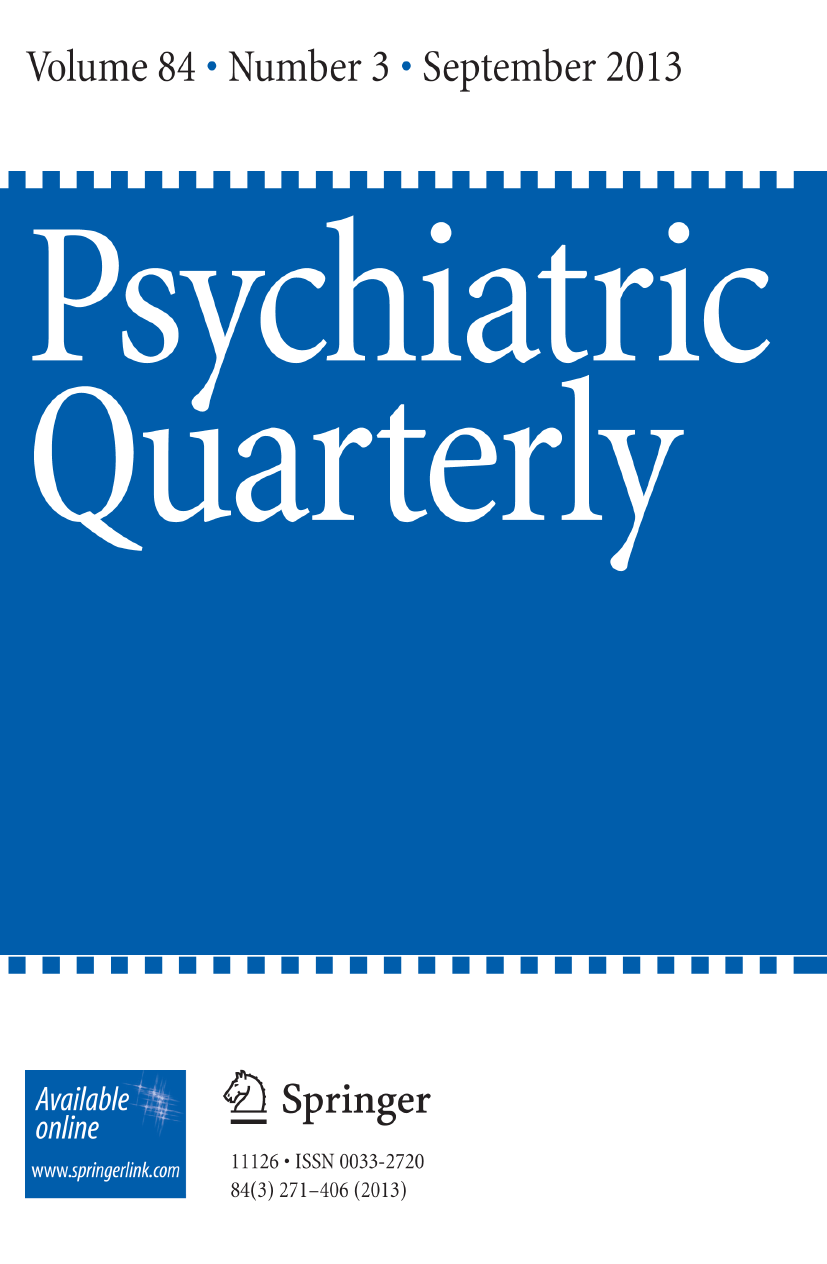
Some observations on animism - Psychiatric Quarterly
Twenty patients with the diagnosis of psychosis with cerebral arteriosclerosis and 10 patients with dementia praecox, hebephrenic type, were studied to determine the degree of primitive animism they showed. Only 40 per cent of the organic patients and 20 per cent of the schizophrenics tested in...link.springer.com
But I believe it is part of an animism/episodic memory/visual memory/predictive brain complex rather than being animism per se, as I believe the primary benefit was more of a hallucinatory prediction of a potential future event based on the doral anterior cingulate cortex having something like a sneeze response whereby sufficient stimulation could cause it to toggle into the default mode network and perceive an episodic memory like (and based) perception of a prediction of the future that could be reacted to prior to it manifesting, even though with false positives.
So NVLD Aspergers Autism could be with a lack of this highly visual, predictive, episodic memory type function that is a basis for religiosity and other forms of psychosis, whereas HFA Autism with its superior visual memory but deficient verbal abilities could be protective of psychosis and religiosity because of the previously mentioned protection from disintegration due to having not a visual reference (whereas the religious are with disintegration and make use of their verbal intension caring not of the lack of extension).
But I actually have even substantially more things covered trying to fit everything together. I have really like 100,000 words of additional pertinent material.





